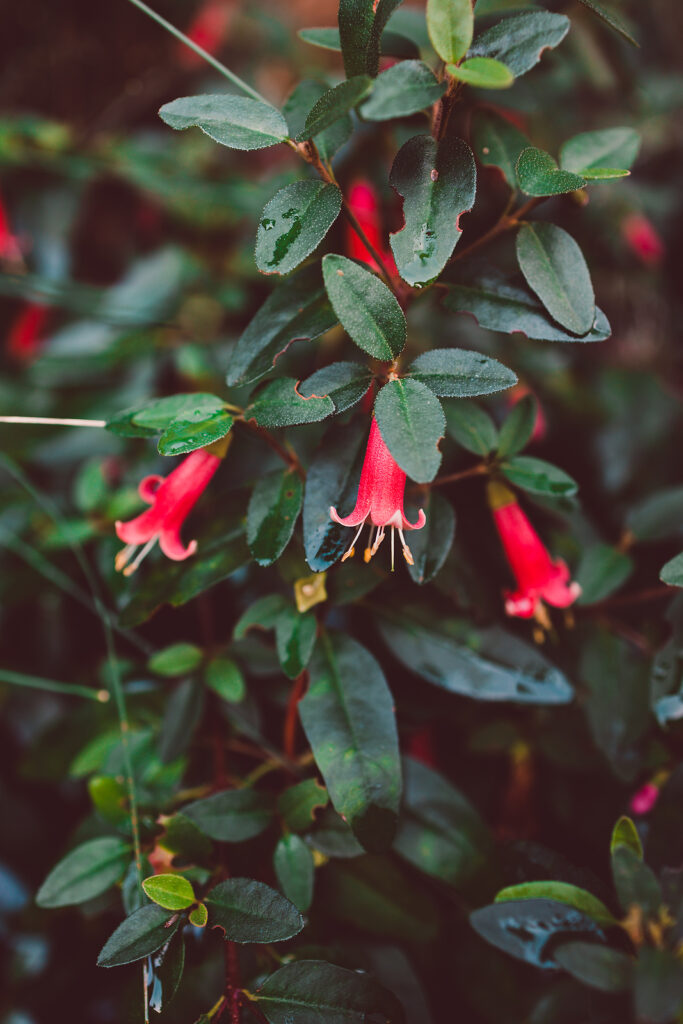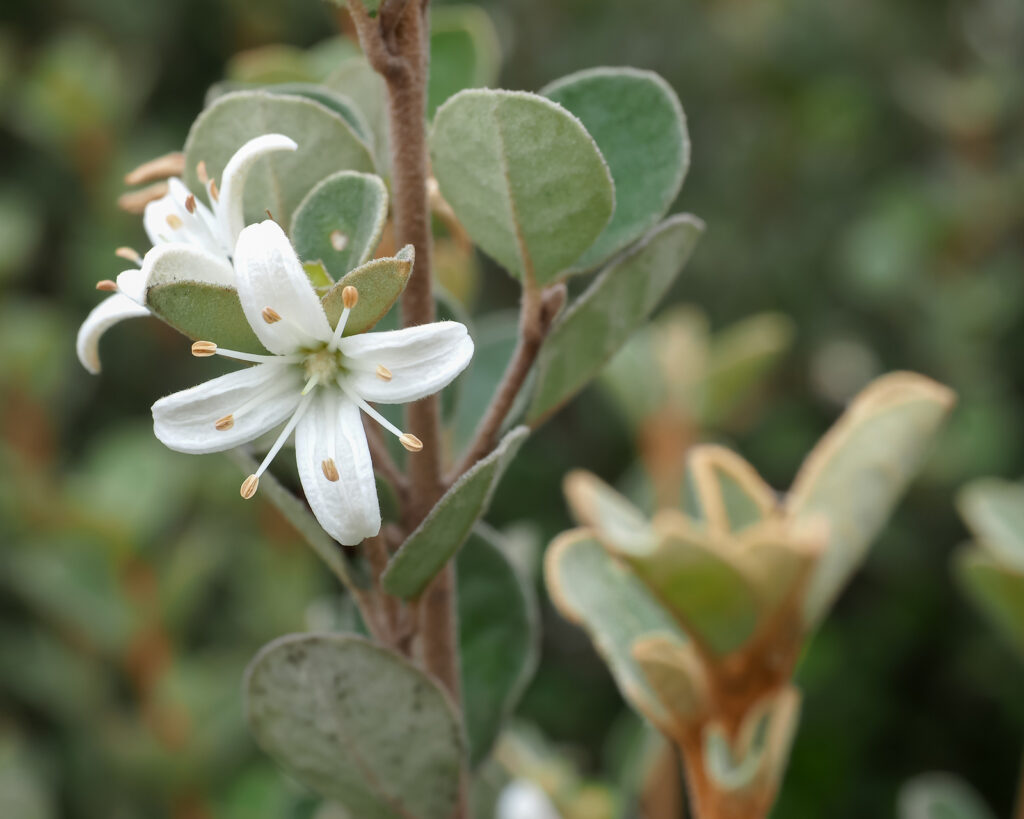How to grow Correa – Australian Fuchsia

Sharing cares!
Correa, known as Australian fuchsia or native fuchsia, is a type of evergreen tree native to Australia. These plants are popular for their delicate bell-shaped flowers, which come in a variety of colors including red, pink, orange, white, and green. Correa is often grown in gardens for its ornamental value, attractive foliage, and ability to attract birds, especially nectar feeders such as honey eaters.
Correa is a genus of flowering plants in the family Rutaceae, native to Australia. They are small to medium-sized shrubs with attractive, tubular flowers that are often pendulous or bell-shaped. Correa plants have leathery, glossy leaves that are often dark green and may be toothed or have a serrated edge.
Correa is generally hardy and adaptable, growing well in a variety of conditions, from full sun to partial shade. Correa plants are popular in gardens and landscapes for their colorful flowers and low maintenance requirements. These plants attract pollinators such as bees and butterflies with their nectar-rich flowers. They also provide food and shelter for wildlife. Overall, Correa plants are beautiful and versatile additions to any garden or landscape.

Definition of Correa
Correa is known for its tubular flowers that resemble fuchsia flowers, hence the common name. Correa plants are typically bushy trees that can grow up to 6 feet tall, with small, dark green leaves that are often fragrant when crushed. The flowers come in a variety of colors including red, pink, orange, and yellow, and are usually tubular in shape with petals that flare out at the sides.
- Leaves: Correa has leathery, dark green leaves that are often fragrant when crushed.
- Flowers: Its erect or bell-shaped flowers bloom in fall and winter, adding color during seasons when many other plants are dormant.
- Height and Spread: Correa species vary in size from small, slow-growing shrubs (about 1-2 feet tall) to medium-sized trees up to 6 feet tall.
How Correa Can Be Used in the Garden
- Fascinating wildlife: Correa is excellent for attracting nectar-eating birds such as honeyeye eaters. Its tuberous flowers also provide food for native bees and other pollinators.
- Winter Color: Since most varieties bloom in the cooler months, Correa brings color to the garden in fall and winter, providing seasonal interest when other flowers are scarce.
- A Low Maintenance Tree: It is a hardy plant, suitable for dry, well-drained soil, making it ideal for gardens that are not well cared for. Correa is drought tolerant once established and grows well in sunny and partially shaded areas.
- Coastal Gardens: Its tolerance to wind and salt spray makes Correa an excellent choice for coastal gardens.
- Understory Planting: Being able to grow in shady conditions, it works well as a plant under tall trees or shrubs.
- Floor covering: Slow-growing species of Correa can be used as ground covers, to help suppress weeds and reduce erosion on slopes.
- Containers and Boundaries: Compact varieties are ideal for planting in containers or adding structure to garden borders.
Where to Plant Correa
- Correas prefer well-draining, slightly acidic soil. Plant them in an area that receives partial shade in full sun.
- Be sure to space the plants about 3-4 feet apart when planting.
Watering Correa
- Correa plants like regular watering, especially during hot and dry periods. Water the plants deeply at least once a week, and more often during hot weather. Avoid overwatering, as this can cause root rot.
Feeding Correa
- Fertilize Correa plants with a balanced, low-release fertilizer in the spring. Be sure to follow the directions on the fertilizer package for application rates.

Care of Correa
- Correa is easy to care for. It requires little pruning, just enough to maintain its shape or remove dead branches, and it adapts well to a variety of climates, especially those that mimic its native Australian conditions.
- Mulch around the base of Correa plants with a layer of organic mulch, such as wood chips or bark, to help retain moisture and suppress weeds.
Pruning Correa
- Correa plants can be pruned in late winter or early spring to encourage new growth and maintain a compact shape. Remove any dead or damaged branches, as well as any spent flowers to encourage more blooms.
- Prune your Correa plant after flowering to shape it and encourage new growth. Cut back any dead or damaged branches to maintain a good appearance.
- Prune Correa plants lightly after flowering to shape the bush and remove any dead or damaged growth. This will help encourage new growth and blooms in the next season.
Correa Pests and Diseases
- Correa plants are generally resistant to pests and diseases, but they can become susceptible to fungal diseases if they are overwatered.
- Watch for signs of pests such as aphids or spider mites, and treat quickly with insecticidal soap if necessary.
- Treat infestations with insecticidal soap or neem oil, and ensure good air circulation around plants to prevent fungal diseases.
Correa Propagation
- Correa plants can be propagated by cuttings taken in spring or early summer.
- Take a 4-6 inch cutting from a healthy, established plant and remove the lower leaves. Dip the cut end in rooting hormone and plant it in a pot filled with well-draining potting mix.
- Keep the cutting moist and in a warm, bright place until the roots develop.
Correa Winter Care
- Correa plants are hardy in USDA zones 8-10 and can tolerate a light frost. If you live in a cold area, give the plant extra protection during the winter months by covering it with frosting or bringing it indoors.
- Mulch also helps to cover the roots during extreme temperature fluctuations.



